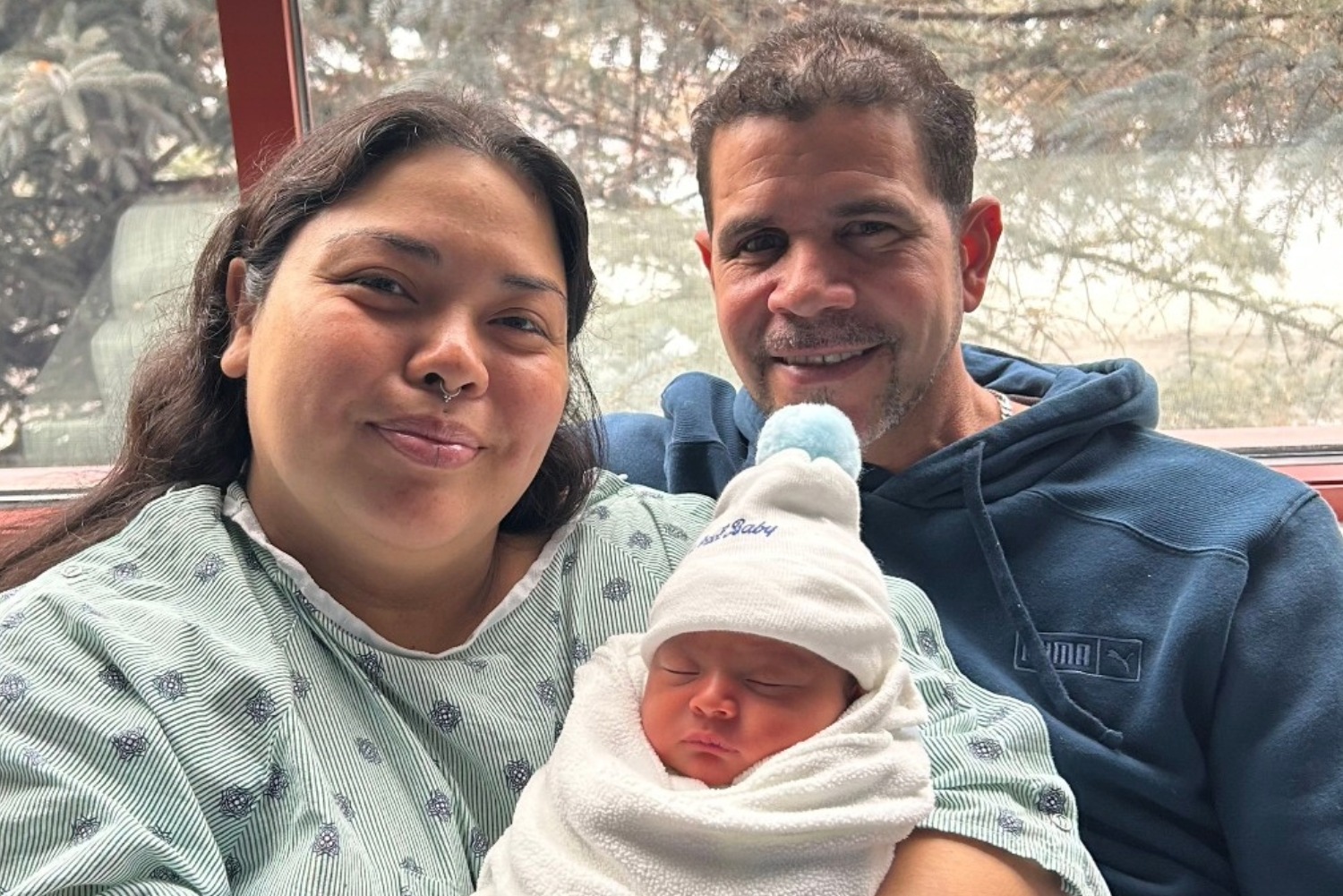News
A Small Town With Big City Care
When Dr. Scott Schneider a radiation oncologist in VancouverWashington was faced with a complicated breast cancer case lastyear he presented the case to a specialist on the other side ofthe country - without ever leaving his office. That meeting withDr. Jay Harris a radiation oncologist at Brigham and Women'sHospital in Boston took place via Chartrounds a new onlinenetwork linking radiation oncologists in small practices withdisease-site specialists from around the country. One suggestionduring that hour-long meeting changed a woman's prognosis andtreatment. It changed her life really.
"(Dr. Harris) made suggestions about radiation fields and helpedme with that but then he made this comment offhand that changedher medical oncology treatment as well even though that wasn't thepurpose of the call" said Dr. Schneider who works at CompassOncology at the Vancouver Cancer Center.
Dr. Harris suggested that Dr. Schneider retest the patient'spathology.
Turns out the initial test had returned a false negative for thewoman's HER-2/neu status a predictive biomarker that helps doctorschose the appropriate chemotherapy. Because the patient's HER-2/neustatus was positive after all she was prescribed Herceptin a drugthat improves survival in patients who are eligible to getit.
"It opened up a new treatment path for her that wasn't openbefore" Schneider said. "It changed her treatment and herprognosis quite a bit and only because I happened to mention it tohim on Chartrounds. There was no reason to check it again you kindof believe the path(ology) you get."
Straddling two worlds
Chartrounds has been around for nearly a year now. It was thebrainchild of Dr. Patricia Hardenbergh a radiation oncologist atShaw Regional Cancer Center in Edwards. In 2010 Hardenberghreceived one of the first-ever Improving Cancer Care Grants fromthe Conquer Cancer Foundation and Susan G. Komen for the Cure todevelop the online network.
The idea for the network stemmed from Hardenbergh's move from DukeUniversity Medical Center to a solo practice at Shaw RegionalCancer Center in 2001. She missed having colleagues right down thehall with whom she could discuss her patients with so with thesupport of Vail Valley Medical Center she began talking tocolleagues at the University of Colorado discussing cases andtreatment options.
"They would pay radiation oncology specialists at the Universityof Colorado to help me review cases" she said. "We'd do peerreviews on the Internet.
"I knew it made me a better doctor and made my patients get bettertreatment" Hardenbergh continued. "I thought 'Wow everyoneshould be doing what I'm doing. It's so great and improves mypatients' care.'"
So Hardenbergh applied for a grant in December 2009 to do justthat - "get community doctors talking to disease site expertssharing communicating and opening an otherwise totally blockedpathway" she said.
Three months later in March 2010 Hardenbergh learned she'dgotten a three-year grant totaling $1.35 million the largestgrant disbursed to date by the Conquer Cancer Foundation.
"I was really surprised that they had the vision and the trust inthe community physicians to carry this out" Hardenbergh said. "Butin retrospect I believe it had to come from a community physicianlike myself who had straddled both worlds being both the diseasesite expert and being in the community and realizing how the twoworlds were so separate and how connecting them made for bettercare for patients."
The pilot program was limited to breast cancer but given thesuccess of those sessions and feedback from Chartrounds membersthe site now includes discussions of head and neck cancersgastrointestinal malignancies lymphoma prostate and lung cancerHardenbergh said.
There are around 420 Chartrounds members right now including 15international doctors - even though Hardenbergh hasn't even begunto market Chartrounds internationally yet.
Initially one doctor a week joined now around 20 or so doctorssign up each week.
"It's gaining momentum but this isn't Facebook" she said. "Thisis a place doctors go to a trusted community of physicians tryingto improve cancer care. It needs to remain intimate. We can reallyonly effectively handle 15-20 members on each call."
Some doctors just like to listen while others like Schneideruse it almost exclusively to present difficult cases.
At the end of every session participants are asked to fill out afeedback form that asks if the session was relevant to their dailypractice.
"We've done more than 150 sessions and the average is 4.7 out of5 with 1 being not relevant and 5 being very relevant"Hardenbergh said. "Another question is 'Will you make changes inyour daily practice because of this session?' and the average scoreis 4.5."
The future of Chartrounds
Dr. Hardenbergh is adding a clinical trials component to theprogram. An easy-to-use trial database within the Chartrounds sitehelps members keep abreast of clinical trials their patients mightbe eligible to enter.
"Small community cancer centers don't see research as part oftheir mission statement so they don't budget to have a clinicalresearch associate on their staff" she said. "Physicians arepulled in so many directions they have to have administrative helpto be able to enter patients and follow them on trial."
That's why Hardenbergh has hired a clinical trials associate tosupport community oncologists who would like to help their patientsenroll in trials.
Also new the American Board of Radiology recently recognizedChartrounds as qualified ongoing education to help physiciansmaintain board certification.
"If members participate in Chartrounds and present cases theyare given credit for ongoing education" she said.
Just a year into the program Schneider and many other doctorsaround the country say the project has changed the way theypractice medicine.
"The service is fantastic" Schneider said. "These are the iconsin the field of radiation who are participating. If you go to anational meeting there are hundreds of people in the room and youwon't get a chance to talk to them afterward. Chartrounds providesthis venue where you and three or four other people and thisicon are all on the phone for an hour chatting. He can see yourpatient's images treatment plan and everything. It's like they'reright there with you in the room.
"That stuff is priceless - you can't buy that."
More News
-
New!
More

First Baby of 2026
It's a boy! Vail Health Hospital welcomed the first baby born in 2026 on January 5 at 7:48 p.m.
-
New!
More

Screening Secrets: What Every Man Should Know About Prostate Cancer Screening
Prostate cancer is the most common type of non-skin related cancer in men, and it is the second leading cause of cancer-related deaths in men within the United States, behind lung cancer. Fortunately, if caught early, prostate cancer remains highly treatable and curable with minimally invasive procedures.
-
New!
More

Unplug to Recharge: Why a Digital Detox Is the Real Power Move for 2026
Our phones promise connection, convenience and control, yet most of us feel more scattered, stressed and sleepless than ever. The constant pings, scrolls and notifications have rewired our brains for distraction. The fix? Not abandoning technology altogether, but reclaiming balance.





